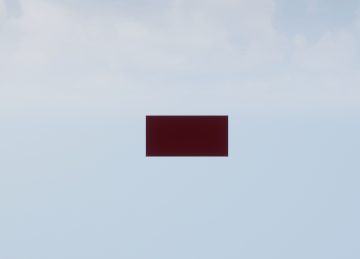createViewport
Description
createViewport( creates a view of the 3D
environment specified by world)world with default values and saves the view
as a field in the viewport structure. You can view the fields in the viewport structure from
the Viewports property of the sim3d.World
object.
If you do not create a viewport, then the Simulation 3D Viewer window displays the
default view of the 3D environment from the field Default in the viewport
structure. You can use the arrow keys and pointer to navigate in the environment.
createViewport(
specifies additional options using one or more name-value arguments to create a custom view
of the world,Name=Value)sim3d.World object specified by world. For
example, to create a viewport named View1 at (5,0,2), set
Name to View1 and Translation to
[5 0 2].
If you create multiple viewports, you can use the setView function
to set one as the view for the 3D environment.
Examples
Input Arguments
Name-Value Arguments
Version History
Introduced in R2022bSee Also
createViewpoint | deleteViewport | add | run | remove | load | pause | resume | close | wait
